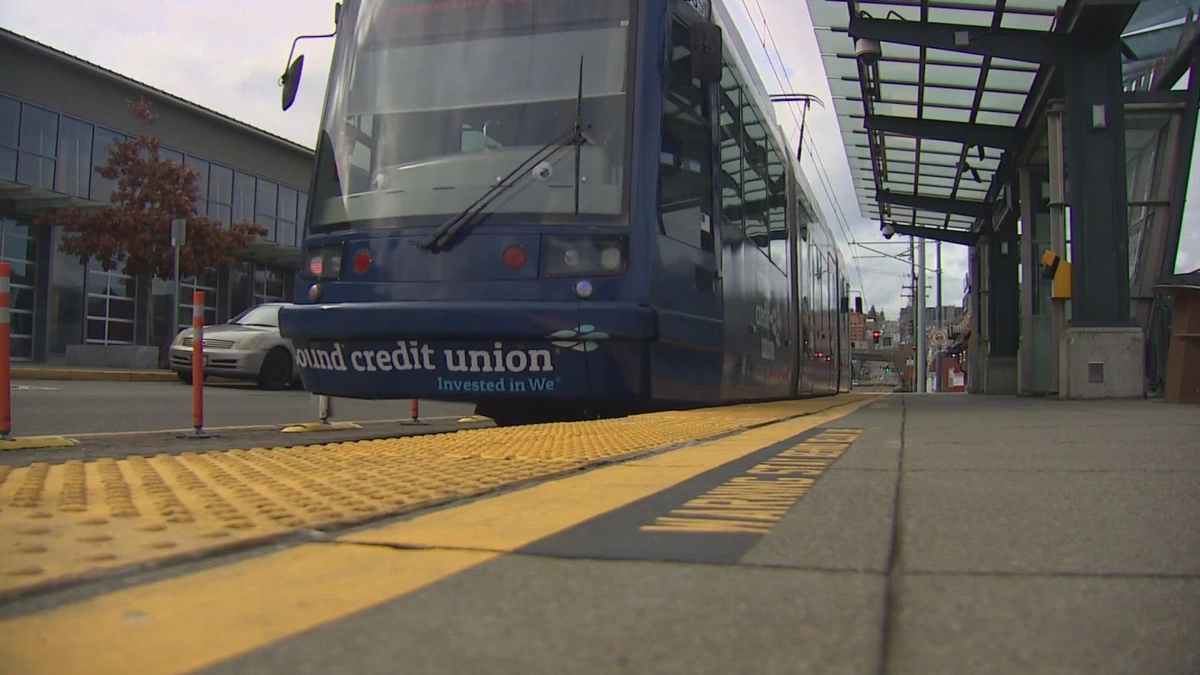California’s housing crisis is no secret. It’s the elephant in the room at every dinner party, the reason your cousin moved to Nevada, and the subject of countless exasperated sighs. But, let’s be honest, just complaining about it doesn’t build houses. That’s where Governor Newsom’s latest move comes in: signing a comprehensive transit housing bill into law. But what exactly does this mean for the average Californian, and is it actually going to make a dent in the problem? Let’s dive in, shall we?
Decoding the Transit Housing Bill | More Than Just Bricks and Mortar

So, what’s in this bill, anyway? It’s not just about building more apartments near train stations – although that’s definitely a part of it. The core idea is to leverage California’s existing – and planned – transit infrastructure to create denser, more affordable housing options. Think of it as connecting the dots: connecting people to jobs, services, and opportunities through accessible and affordable housing near public transit. This is an attempt to address not only the housing shortage but also climate change by reducing reliance on cars. Explore related legal perspectives here .
The bill streamlines the approval process for housing projects that meet certain criteria, especially those located near transit hubs. It provides incentives for developers to include affordable units in their projects. It is also designed to minimize local zoning restrictions that often hinder the construction of denser housing. This last point, in particular, is where things get interesting (and potentially contentious).
The Nitty-Gritty | How Will This Actually Work?
Here’s the thing: laws on paper are one thing; laws in action are another. The success of this housing legislation hinges on several factors. First, local governments need to be on board. While the state can incentivize and encourage, it can’t completely override local control. Resistance from NIMBY-minded (Not In My Backyard) groups is, unfortunately, a near certainty. Second, funding is crucial. Building affordable housing isn’t cheap, and the bill needs to be backed by sufficient financial resources to make a real difference. Third, the private sector needs to see the potential. Developers need to be convinced that building near transit is a worthwhile investment, even with the added requirements of affordability.
Let me rephrase that for clarity: if any of these three legs of the stool are wobbly, the whole thing could come crashing down. The state has allocated significant funds to support transit-oriented development , but continuous monitoring and course correction will be vital.
Beyond the Headlines | The Deeper Implications for California
This bill isn’t just about building more apartments; it’s about reshaping California’s urban landscape. It’s about creating more sustainable communities, reducing traffic congestion, and promoting economic opportunity. It’s a bold attempt to address some of the state’s most pressing challenges, but it’s not a silver bullet. There is also the concern about displacement of existing communities when these developments occur. Ensuring that current residents benefit from, rather than are harmed by, these changes is key. According to a recent report on HUD , integrating community feedback into the planning process is crucial.
What fascinates me is the potential for this to be a model for other states grappling with similar issues. Can California show the rest of the country how to tackle the housing crisis in a sustainable, equitable, and innovative way? It’s a big question, and the answer will depend on the execution of this legislation.
The Potential Downsides and Unforeseen Consequences
No law is perfect, and this one is no exception. There’s the risk of unintended consequences. For example, could increased density near transit hubs lead to overcrowding and strain on local resources? Could the focus on transit-oriented development inadvertently neglect other areas of the state that aren’t as well-served by public transportation? These are legitimate concerns that need to be addressed proactively.
A common mistake I see in urban planning is failing to account for the human element. Building more housing is essential, but it’s not enough. We also need to create vibrant, livable communities with access to parks, schools, and other amenities. We need to ensure that these new developments are integrated into the existing fabric of the city, not just plopped down in isolation.
It’s worth noting that streamlining the approval process for housing projects can sometimes lead to concerns about environmental impact. Finding the right balance between expediting construction and protecting the environment is another crucial challenge. The environmental impact of new construction and development is critical. Read further analysis on city protection.
The Big Picture | Is This a Game Changer?
So, is this new law a game changer? The honest answer is: it’s too early to tell. It has the potential to be transformative, but only if it’s implemented effectively and thoughtfully. It’s a bold step in the right direction, but it’s not the finish line. It’s a marathon, not a sprint. We need to stay vigilant, hold our elected officials accountable, and continue to push for policies that address the root causes of the California housing crisis .
Here’s the thing: the transit housing bill is not just about building more houses, it is about creating more equitable and sustainable communities.
FAQ Section
Frequently Asked Questions
Will this bill solve the housing crisis overnight?
No, it’s a long-term strategy, not a quick fix.
Does this mean every neighborhood will have high-density housing?
No, the focus is on areas near transit hubs.
How will this bill affect property values?
It’s hard to say definitively, but increased density could potentially impact property values in some areas.
What if I don’t live near public transit?
The bill primarily focuses on areas near transit, but other housing initiatives are in place for other areas.
Who will ensure that these houses are truly affordable?
The bill includes provisions for income restrictions and monitoring to ensure affordability.
Will this lead to more traffic congestion?
The goal is to reduce congestion by encouraging the use of public transit.




